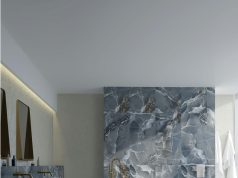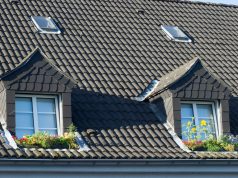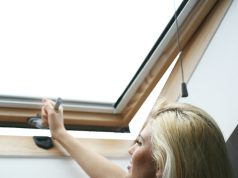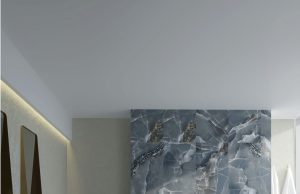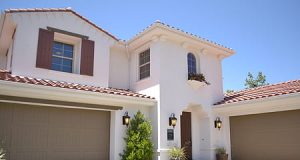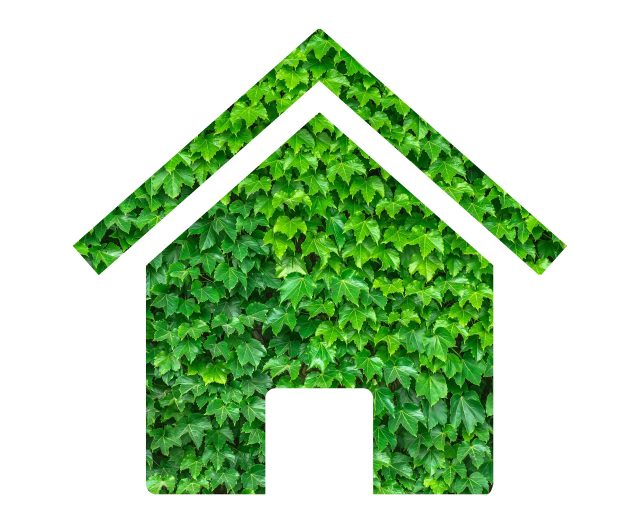
There’s no denying the fact that we live in an uncertain world. Besides having to cope with rising inflation, and conflict in Europe, climate change is also a vital concern. Extreme weather events are becoming more common across the UK, and as a result, many of us are thinking seriously about the steps we can take to try and reduce our impact on the natural world.
One of the main solutions we can use in our bid to live more lightly on the land is to invest in designing and building ecologically friendly housing. This is a goal which is championed by the government’s Environment Act of 2021.
If you have decided to embark on the exciting project of building your own dream home, and you are keen to make it as environmentally friendly as possible, there are a range of options to consider as you work on the perfect design. Let’s explore the various ways in which you can design a ‘green’ new build that will not only provide you with an idyllic home, but will also have a positive effect on the surrounding environment.
Consider The Location
One of the first steps you need to take when designing an eco-friendly home is to consider the ideal location for your build. After all, if you want to construct a low-impact home, you mustn’t start off by causing any damage to precious local fauna and flora with your construction. As such, if you think you have found the perfect plot of land, you will first have to conduct ecological surveys to make sure you won’t be causing any serious damage or disturbance to the inhabitants of the plot. Not only does this include insects, birds, and other animals, but trees as well.
One of the creatures that you will have to look out for before you submit your planning application is bats. The UK is home to 18 species of bat, and all of them are under legal protection, so if there are bats on your piece of land, you will have to think carefully about how to proceed. But first, you need to determine their presence, and this is where bat surveys come in. By calling in experienced bat ecologists to carry out the survey, you will soon find out whether any bats call your plot home, what species they are, and how many are living there.
Once you have all of the necessary information, the ecologists can provide you with expert advice and assistance to make sure you can still go ahead with your ‘green’ home, without harming or disturbing the bats.
Use Sustainable Materials
Once you have made sure that your chosen piece of land is the perfect place for your new planet-friendly home, it’s time to think about the materials you will use in its construction. To make your house as low-impact as possible, it’s important to source as many sustainable materials as you can. Fortunately, there are so many different options available for you to choose from in the UK. To decide which materials will be best for your home, you can discuss the various options with your architect, which range from reclaimed wood, recycled steel and cross-laminated timber, to clay bricks, straw bales, wool, and rammed earth.
You can even opt to give your eco home a ‘green roof’, which is topped with a layer of living soil, seeds and plants, to create an airy haven for local pollinators and birds. As well as being great for the environment, there’s no doubt that green roofs look beautiful too, particularly during the spring and summer.
Design Your Home To Be Energy Efficient
Creating an energy-efficient home is vital for reducing your carbon footprint – and lowering your energy bills into the bargain, which is a particularly worrying concern these days. Fortunately, making your new property as energy-efficient as possible won’t be difficult, as there are so many tools and techniques you can use. Admittedly, some will require an upfront investment, but they will be worth the money in the long run – both for you and the planet. For instance, while you and your architect are refining the design for your eco home, you can think about introducing several sun tunnels and skylights, to allow plenty of natural light (and warmth) into the house. You can also install solar panels on the roof, to put the sun’s rays to additional good use (making you some extra money into the bargain, if you sell any excess power back to the grid).
Effective insulation is another essential concern when it comes to improving the energy efficiency of your home and lowering your monthly expenditure, particularly during the winter months. The great news is, that there is a variety of ecologically friendly insulation materials for you and your architect to choose from, so you needn’t worry about having to settle for artificial substances which could be harmful both to the planet and to your own health. These ‘green’ forms of insulation include cellulose, wood wool, sheep’s wool, cork, and hemp.
Finally, you may also want to consider installing a ground source heat pump, as well as opting for underfloor heating, both of which are effective and eco-friendly methods to keep a home warm in winter. Rather than relying on oil or gas, ground source heat pumps draw heat from the earth surrounding your property and use this warmth to power your home’s underfloor heating or radiators. This means you can use it to heat both your property and your water.
Final Thoughts
It’s never been more important to think about ways to help the environment and conserve the natural world for future generations. By putting your time and money into designing an eco-friendly family home, you will be benefitting the natural world while simultaneously creating a bespoke abode that will give you years of happiness – and a reduced carbon footprint.
An eco-friendly home will also help you lower your energy bills, and may even inspire your new neighbours to think about how they can make their own homes more planet-friendly too.

